Cucumbers are a popular and easy-to-grow crop for both indoor and outdoor gardening. However, sometimes indoor cucumbers can turn yellow, which can be a cause for concern for gardeners. In this article, we will explore the reasons why indoor cucumbers turn yellow and provide some tips on how to manage this issue.
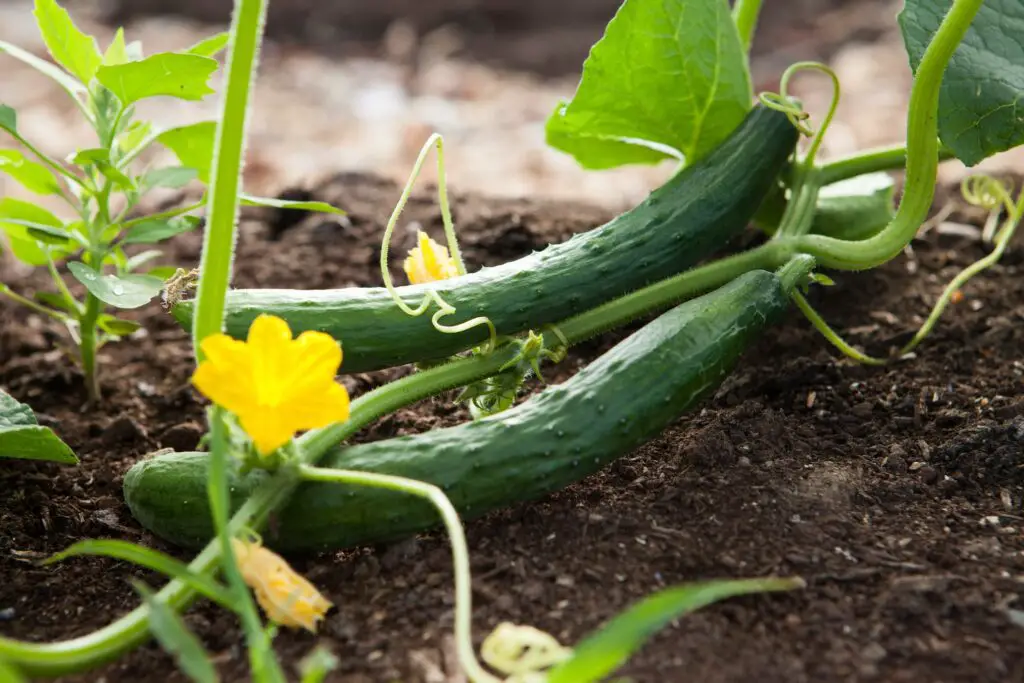
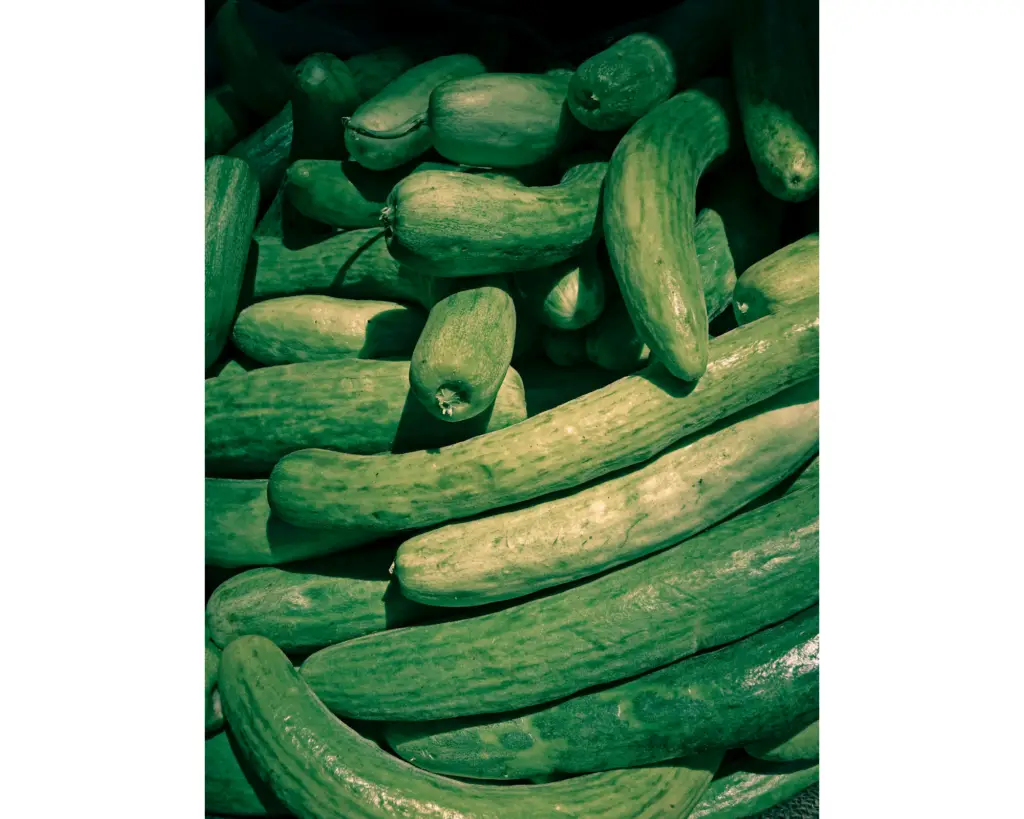
Table of Contents
Reasons Why Indoor Cucumbers Turn Yellow
Lack of Nutrients
One of the main reasons why indoor cucumbers turn yellow is due to a lack of nutrients. Cucumbers need a variety of nutrients, including nitrogen, phosphorus, and potassium, to grow and produce healthy fruit. If they don’t receive enough of these nutrients, the leaves and fruit can start to turn yellow.
Watering Issues
Another reason why indoor cucumbers may turn yellow is due to watering issues. Overwatering can cause the roots to rot, which can lead to yellowing of the leaves and fruit. On the other hand, under-watering can cause the plant to become stressed and also result in yellowing.
Pests and Diseases
Cucumbers are also susceptible to pests and diseases, which can cause the leaves and fruit to turn yellow. Common pests that affect indoor cucumbers include spider mites, aphids, and whiteflies. Diseases such as cucumber mosaic virus and bacterial wilt can also cause yellowing of the leaves and fruit.
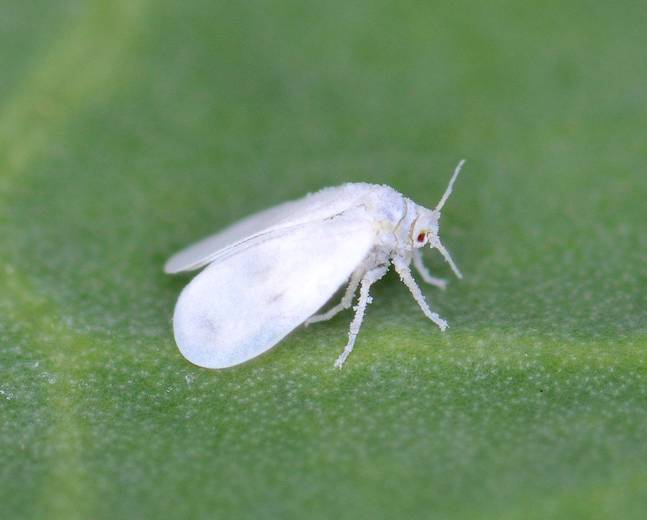
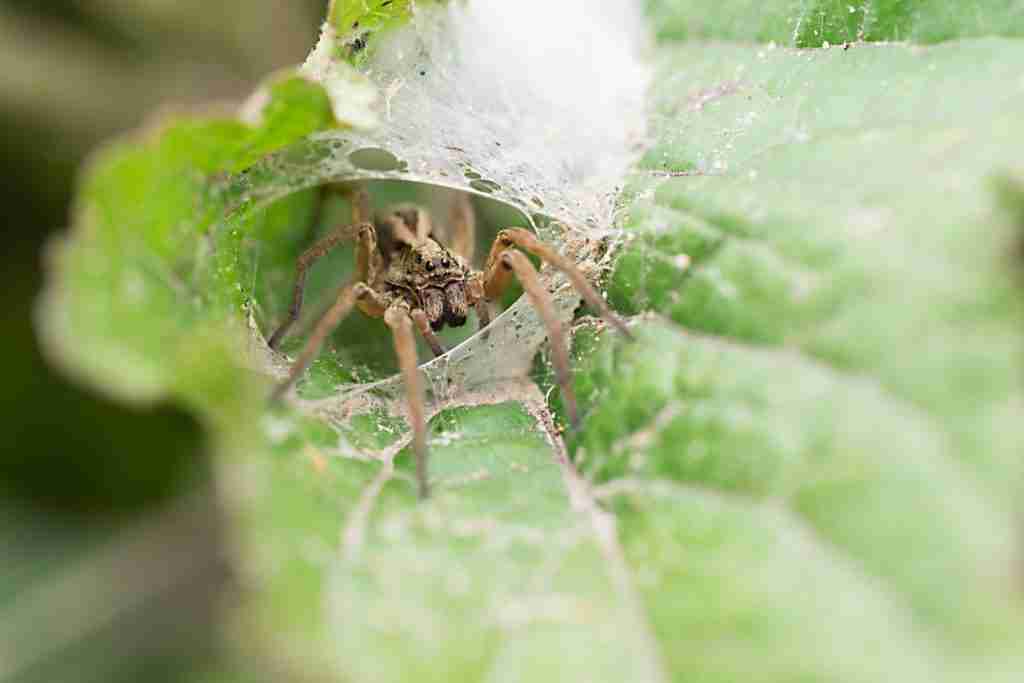
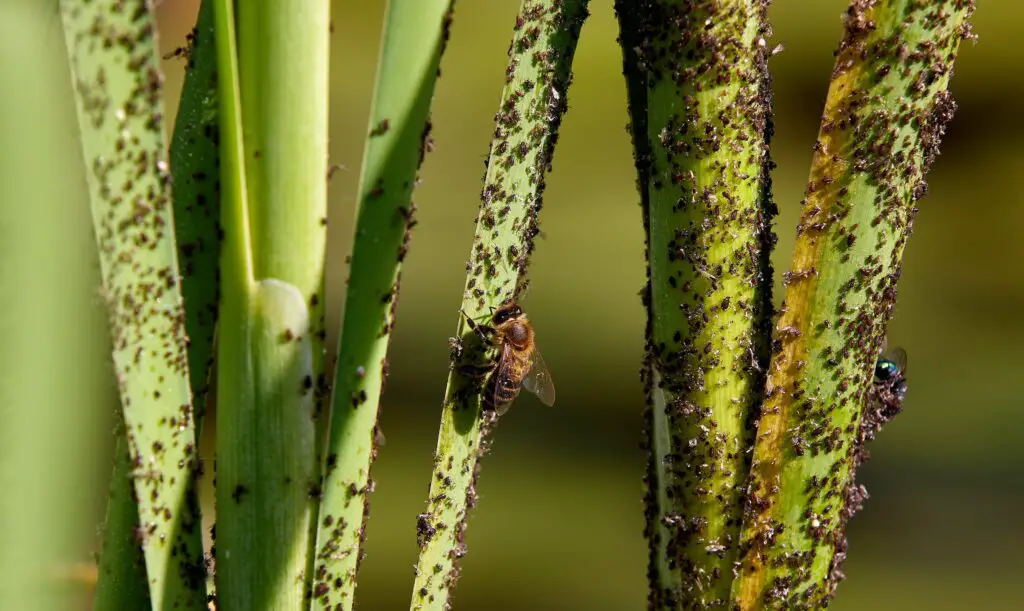
Environmental Factors
Finally, environmental factors such as temperature and humidity can also contribute to yellowing of indoor cucumbers. Cucumbers prefer warm temperatures between 70-85°F (21-29 °C) and with a relative humidity of 50-70%. If the temperature or humidity is too high or too low, the leaves and fruit can start to turn yellow.
Managing Yellowing Indoor Cucumbers
Nutrient Management
To manage yellowing indoor cucumbers, it’s important to ensure that they are receiving adequate nutrients. Use a balanced fertilizer that contains nitrogen, phosphorus, and potassium, and follow the instructions on the package for application rates. If the soil is lacking in nutrients, you may need to amend it with compost or other organic matter.
Watering Management
Proper watering is also essential for managing yellowing indoor cucumbers. Water the plants deeply but infrequently, allowing the soil to dry out slightly between waterings. Avoid overwatering, as this can lead to root rot and other issues. Ensure that the plants are getting enough water by checking the soil moisture level with a moisture meter or by sticking your finger into the soil.
Pest and Disease Management
If pests or diseases are causing yellowing of indoor cucumbers, it’s important to address the issue promptly. Remove any affected leaves or fruit, and use an appropriate insecticide or fungicide to treat the plants. You may also want to consider using companion planting or other natural methods to help control pests and diseases. Below are examples of companion plants for cucumbers.
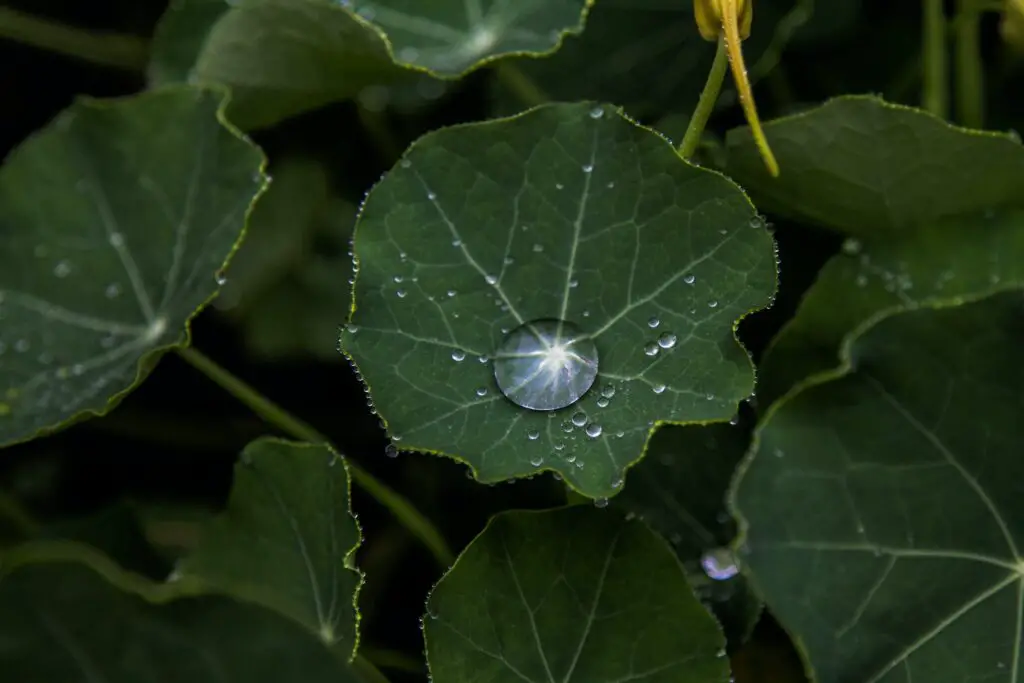
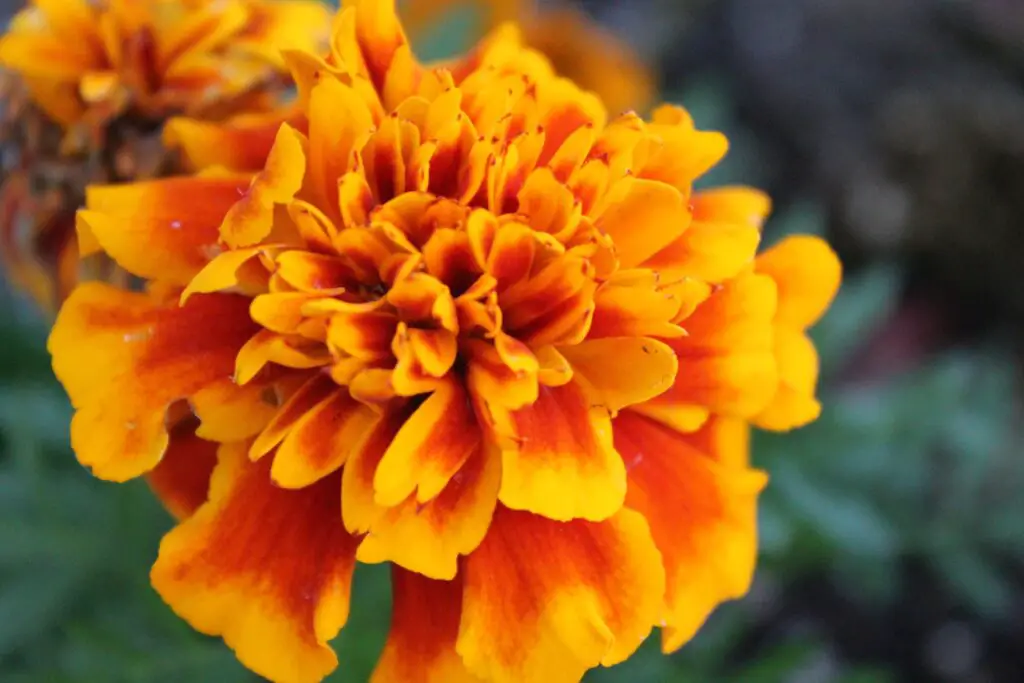
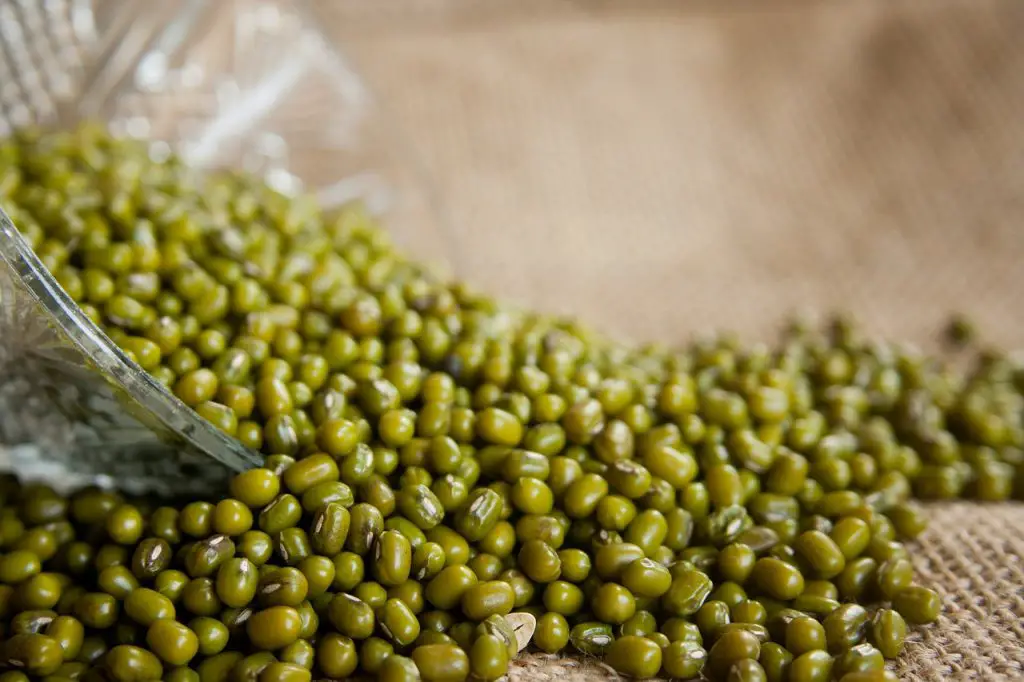
Environmental Management
Finally, managing the environmental conditions can also help prevent yellowing of indoor cucumbers. Ensure that the plants are receiving enough light, and maintain a warm temperature and humidity level. You may need to use a humidifier or dehumidifier to adjust the humidity level, depending on your specific growing conditions.
Conclusion
In conclusion, yellowing of indoor cucumbers can be caused by a variety of factors, including lack of nutrients, watering issues, pests and diseases, and environmental factors. To manage this issue, it’s important to ensure that the plants are receiving adequate nutrients, water, and light, and to address any pest or disease issues promptly. By following these tips, you can enjoy healthy, green indoor cucumbers all year round.
